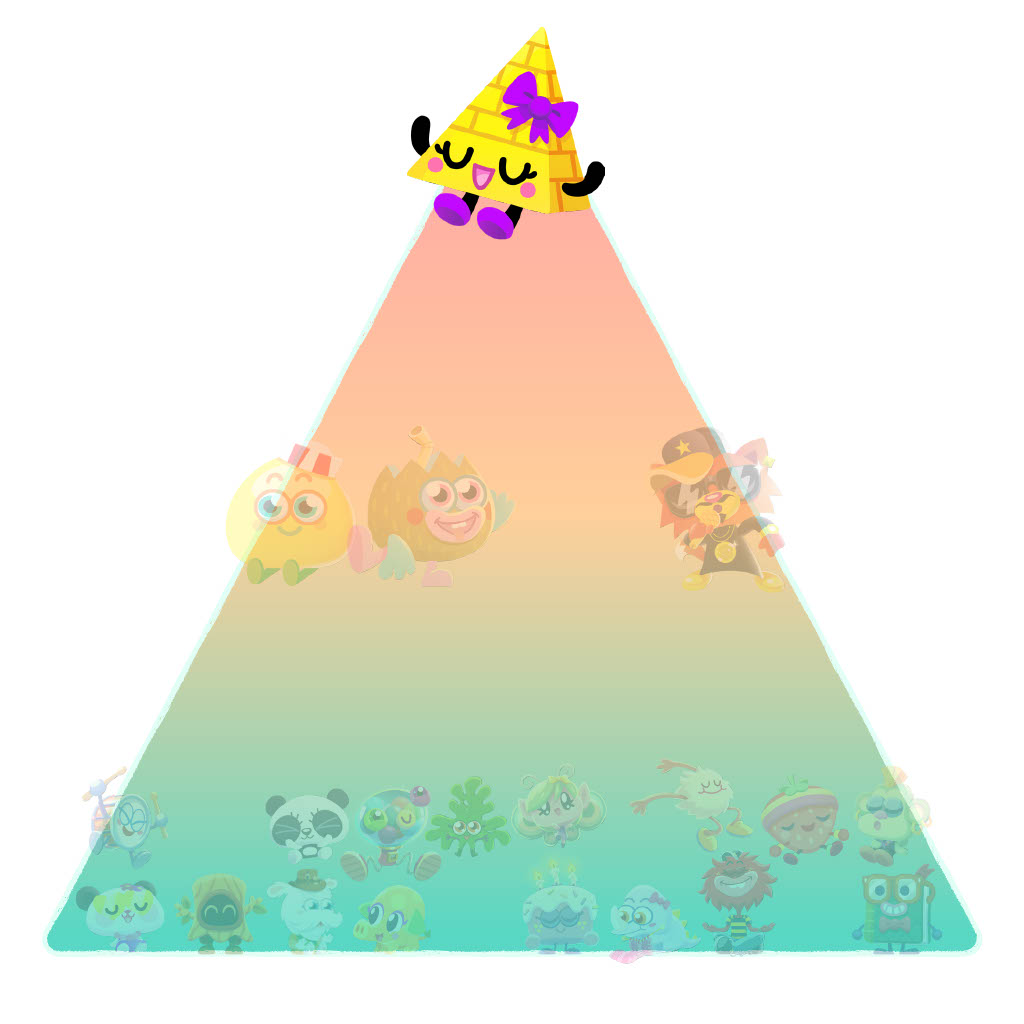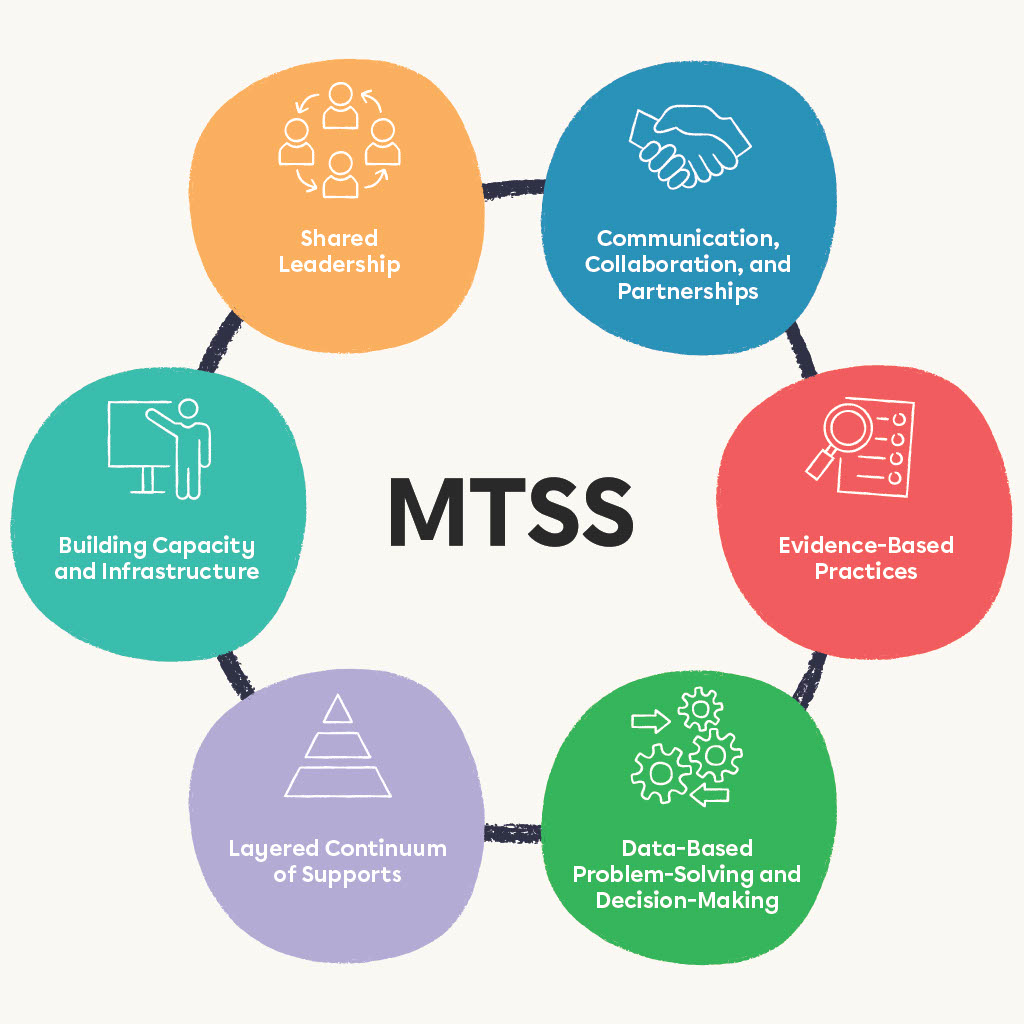
- 3 mins
5 Ways Moshi Can Help You Manage Your Classroom

Welcome to a super duper Moshi school where each student gets what they need. Through careful care and teaching, they can be the best they can be.

All students come to school each day and get the very best. And teachers measure what they need by what they see and what they test. When most students need some more support, the teacher gives it to the class; because data drives the instruction provided to the mass.

And even with the best instruction, some students will need more. So that’s exactly what they get because that’s what school is for. The teacher looks at each student, and supports with what they need, to help them be successful when they play, or add, or read. And with some great instruction, and modifications made, almost every student has what they need to move along their way.

But every student is different—in Moshi that’s also true — and a few students still need more to be successful too. With careful care and planning, the teacher will discover what data shows the student needs to learn amongst the others. At this time other teachers join the team, specializing in many things, so the student’s needs are met by the support these teachers bring.
With this fluid system, each child can be their best, and every student gets what they need to catch up with the rest.
What you just read is a simplified example of a Multi-Tiered System of Support (MTSS). With student data gathered through assessment and observation, the three dominant tiers of the MTSS framework—core instruction (all), targeted intervention (some), and intensive intervention (few)—are used to make decisions for supporting each student at their individual level.
Educators begin with core instruction and strong, consistent, evidence-based practices for all students. With effective core instruction and support, at least 80% of these students will be successful. Data is then used to provide targeted, evidence-based interventions in addition to the strong core instruction, resulting in about15% of students being successful. That means that only 5% of students will need intensive interventions (Brown-Chidsey & Bickford, 2016). For these students, data will once again guide decision-making, by looking at what foundational skills are lacking and strengthening those to allow for effective interventions and instruction at Tier 1 and Tier 2 levels.
It is important to look at the MTSS tiered continuum as a spectrum, where the three tiers merge and are intertwined. The first reason for this is that when we assign rigid lines or labels to a specific intervention or practice, we unintentionally begin to put children in boxes. Where tiered support should look at each individual student, it may become the norm to call students “Tier 2 kids,” for example, instead of stating the support they need. The second reason is because the services really should be intertwined depending on what is needed. An example of this would be if a student were to need flexible seating in the classroom. This would be a Tier 2 support, or targeted intervention focused on what the student’s individual need is; however, it would not be a formal intervention or one that needs a lot of modifications. This support could be considered more lime green in the color spectrum—falling in between Tier 1, what all students are getting, and Tier 2, a targeted intervention.
Another important clarification to make is that of the layered continuum. When we layer clothing, we put one layer on top of another. Student support is no different. No matter what level of need a student has, they should always have access to a strong, consistent, and evidence-based core instruction. Then, if a student is showing they are needing more support, they are provided targeted intervention in addition to the strong core instruction. And if that student is showing that they are in need of a more intensive intervention, they are provided that in addition to the targeted intervention and core instruction. It is important that we layer the supports we are providing to each student, so when the data indicates that some supports are no longer needed, adjusting the supports is a smooth transition.
Although the layered continuum is the most visual of the MTSS framework’s essential elements, a total of six essential elements are critical to the success of an MTSS program. The six elements are: shared leadership; communication, collaboration, and partnerships; evidence-based practices; building capacity and infrastructure; a layered continuum of supports; and data-based problem-solving and decision-making(Nebraska MTSS).

In order to have all staff invested in the process, it is critical that the MTSS process include shared leadership. This could look like an MTSS team that consists of building administration alongside classroom teachers and specialists, and even welcomes a parent to join to allow for the full picture to be considered. Through this team, the process and procedures would be created and agreed upon, then shared with the entire staff by the team members, not just the administration. In order for educators to invest in a new process, it is imperative that they feel that they have a voice or advocate in the decision-making. Without shared leadership, there can never be full implementation.
The MTSS framework is multifaceted and requires cohesion among all adults. Communication, collaboration, and partnerships are a crucial part of the foundation of the process. As decisions are made and practices are put into place, all stakeholders should feel that they have clear and timely communication about anything that will directly impact themselves, their students, and/or their children. It is through effective communication that collaboration and partnerships arise and all adults are advocating for the same goal and supporting the same path to meet the goal.
In order for the MTSS framework to be effective, it is necessary to utilize resources and practices that are foundationally supported through research and evidence of effectiveness. It would be difficult to trust the results of data to drive our decisions if we are not offering effective methods of support. Furthermore, in order for the framework to flow, it is critical that each layer of support provide quality practices so that all students have access to quality core instruction and content as well as those whose data indicates they need more. At every level of tiered support, evidence-based practices are essential.
Just as we would not expect our students to master a skill they have never been taught, we cannot expect educators to follow the framework without direct instruction. It is essential that the policies, procedures, and expectations be directly taught to the staff they will impact. It is through this professional development that we can set clear guidelines and ensure that all staff is aware of not only the why, but also the how.
As noted earlier in this article, the layered continuum of supports is the most visual element of MTSS. It is through layering supports based on data that each student can be provided the most effective interventions and modifications.
As has been referenced throughout this article, it is essential to have data drive the decision-making for the MTSS process. It is through consistent data that educators are able to identify trends in the classroom, with groups of students or even with an individual student. Utilizing data allows us to look at facts and measurements and can help eliminate intrinsic bias. Through a common data evaluation, educators can measure needs that span a school, a grade, a classroom, or even a family to ensure that the appropriate supports and resources are put in place. It is also important to note the value in a triangulation of data while making decisions. Every assessment is a snapshot in time, and as students are learning more every day, it is important that we use more than one data point to decide on the next steps for a student. What a teacher observes in the classroom might differ from what a quarterly adaptive assessment might measure, which might coincide with what a unit assessment in content measures. Interpreting the story that the data tells is how the most effective plans can be made.
MTSS is a framework that has shown its effectiveness time and time again. When a process is created with all six elements accounted for, the benefits of the framework far exceed the critical planning that is required for it.